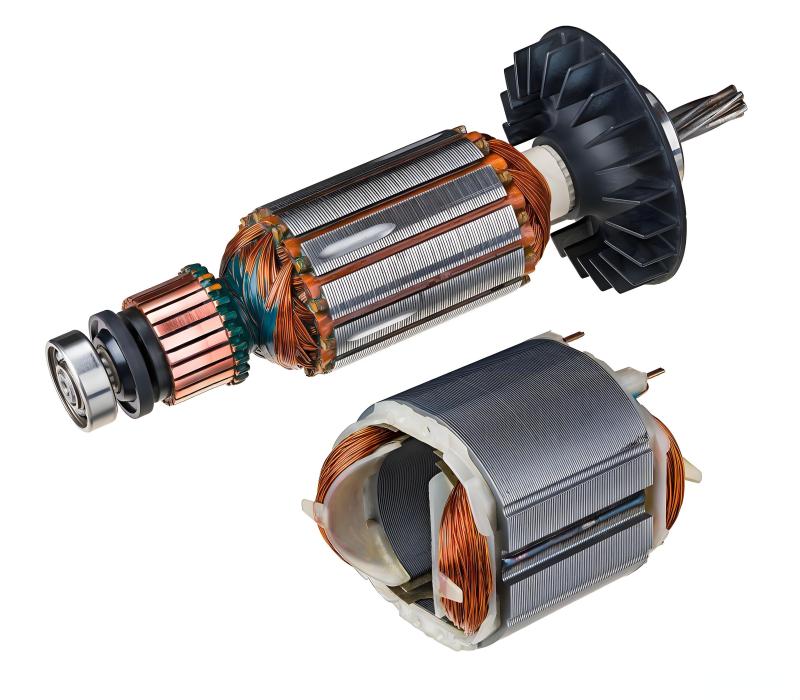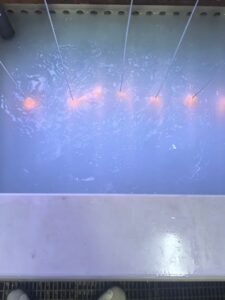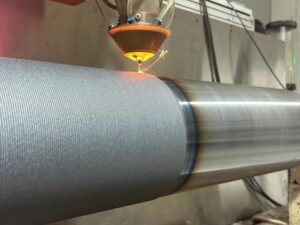Electric motors power the modern world, driving everything from household appliances to industrial machinery. In the machining industry, selecting the right motor is critical for efficiency and performance. AC (Alternating Current) and DC (Direct Current) motors are the most common types, each with unique strengths. This guide explores how these motors work, their components, and key differences to help businesses and engineers make informed decisions. Whether you’re optimizing a CNC machine or designing a robotic system, understanding AC vs DC motors is essential.
How Electric Motors Work
Electric motors convert electrical energy into mechanical motion through electromagnetic principles. A current flowing through a conductor in a magnetic field generates a force, producing torque that drives a rotor. This fundamental process powers both AC and DC motors, but the type of current—alternating or direct—shapes their performance.
AC motors use current that reverses direction periodically, typically 60 times per second (60 Hz in many regions). This allows them to connect directly to power grids, making them ideal for high-power, consistent-speed tasks. DC motors, powered by a steady, unidirectional current, excel in applications requiring precise speed control. Understanding these mechanics helps clarify why each motor suits specific roles in industries like machining.
Main Motor Components
Both AC and DC motors share core components, though their designs differ slightly:
- Stator: The stationary part creates a magnetic field.
- Rotor: The rotating component that drives the output shaft.
- Windings: Copper coils that carry current to generate magnetic fields.
- Commutator and Brushes (DC motors): Reverse current direction for continuous rotation in brushed designs.
- Bearings: Support smooth rotor movement and reduce friction.
- Housing: Protects internal components from environmental factors.
In AC motors, the stator often induces a magnetic field in the rotor without direct electrical contact, reducing wear. DC motors, especially brushed types, use a commutator and brushes, which may require maintenance. These components influence motor efficiency, durability, and suitability for tasks like precision machining or heavy-duty operations.
What is an Alternating Current (AC) Motor?
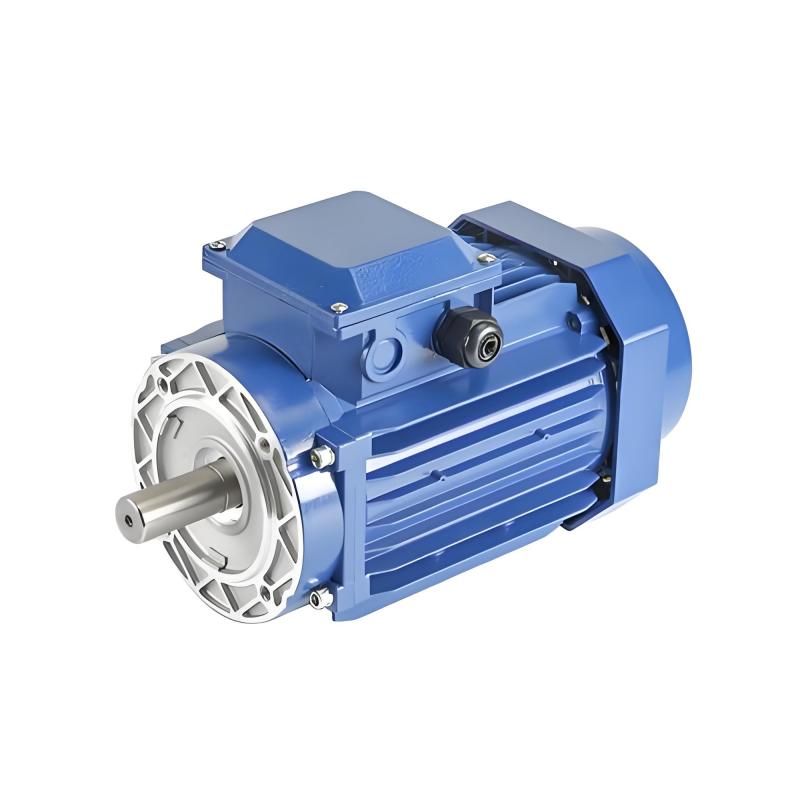
AC motors run on alternating current, where electricity alternates direction at regular intervals. This makes them compatible with standard power grids, widely used in industrial and commercial applications like pumps, fans, and CNC machines.
Types of AC Motors
- Induction Motors: The most common type, relying on electromagnetic induction for rotor movement. They’re durable and low-maintenance, ideal for continuous operation.
- Synchronous Motors: The rotor aligns with the stator’s magnetic field, maintaining a constant speed synced with the current’s frequency.
Advantages of AC Motors
- Low Maintenance: Brushless designs, especially in induction motors, minimize wear.
- High Efficiency: Excellent for high-power, steady-state applications.
- Durability: Built to handle heavy loads over long periods.
AC motors are a staple in the machining industry, powering large equipment with consistent performance. For more insights on optimizing machinery, check out Precionn’s machining solutions.
What is a Direct Current (DC) Motor?
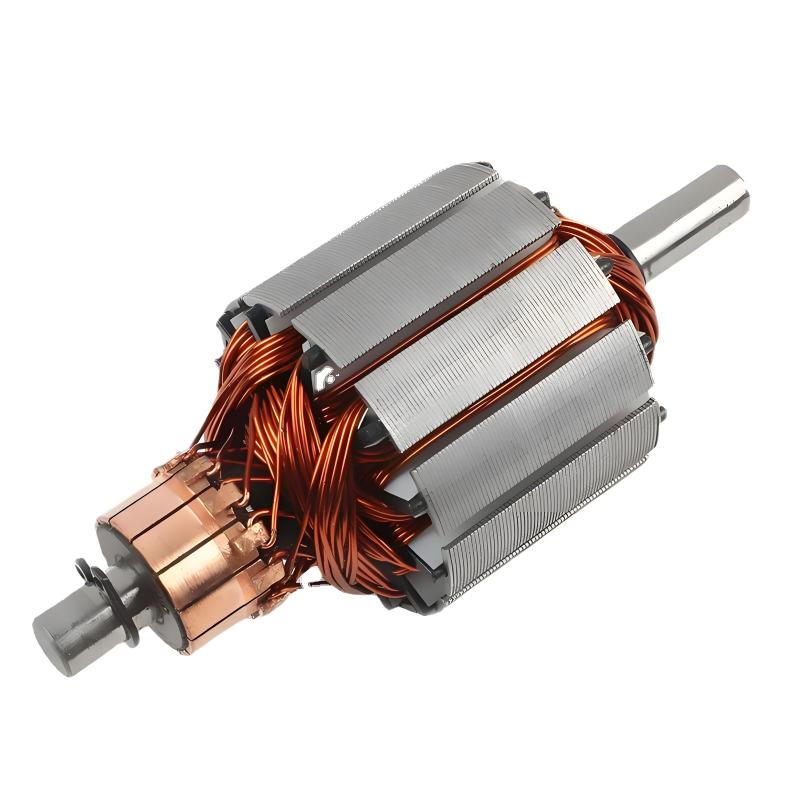
DC motors operate on direct current, where electricity flows in one direction, typically from batteries or rectifiers. They’re known for precise control, making them ideal for applications requiring variable speeds or high starting torque.
Types of DC Motors
- Brushed DC Motors: Use a commutator and brushes to manage current, offering simplicity but requiring maintenance.
- Brushless DC Motors (BLDC): Use electronic controllers, improving efficiency and longevity.
- Stepper Motors: Provide precise positioning for applications like robotics.
Advantages of DC Motors
- Precise Speed Control: Easily adjustable for dynamic tasks.
- High Starting Torque: Ideal for applications requiring quick acceleration.
- Compact Design: Suits smaller devices or space-constrained setups.
DC motors are perfect for precision-driven tasks in machining, such as tool positioning in CNC systems.
AC vs DC: What are the differences?
When comparing AC vs DC motors, four major aspects should be considered:
Physical Design
- AC Motor: Typically simpler in construction, especially induction motors with fewer wear-prone parts. They are often larger and more robust, suitable for heavy-duty tasks.
- DC Motor: Traditionally use brushes and commutators, making them more complex and prone to wear. Brushless versions eliminate this issue but require electronic controllers.
Properties
- AC Motor: Operates efficiently at constant speed and is highly reliable in continuous-duty applications.
- DC Motor: Provides superior speed and torque control, especially at startup. This makes them ideal for dynamic applications.
Application
- AC Motor Applications: Industrial pumps, fans, compressors, conveyor belts, elevators, air conditioners, and large-scale machinery.
- DC Motor Applications: Electric vehicles, battery-powered equipment, robotics, precision tools, and small appliances requiring fine control.
Cost
- AC Motor: Generally cheaper for high-power applications. Their maintenance costs are lower due to fewer mechanical parts.
- DC Motor: More expensive upfront, especially brushless versions, and may require higher maintenance for brushed types. However, they offer value where precise control is critical.
Which Motor Is More Powerful: AC or DC?
Power depends on the application. AC motors are considered more powerful for high-load, continuous tasks due to their ability to handle large torque demands without overheating. They’re the go-to choice for industrial machinery in the machining industry.
DC motors, however, deliver high torque at low speeds, making them powerful in precision-driven scenarios. Brushless DC motors have narrowed the power gap, but AC motors still lead for heavy-duty applications. The choice hinges on whether you prioritize raw power (AC) or precise control (DC).
Conclusion: Choosing the Right Motor with Precionn
The AC vs DC motor debate boils down to your specific needs. AC motors offer durability and efficiency for large-scale, continuous operations, while DC motors provide precision and flexibility for dynamic tasks. By understanding their design, properties, applications, and costs, businesses can select the ideal motor for their machinery.
At Precionn, a leader in the machining industry, we specialize in delivering precision-engineered components to optimize motor-driven systems. Whether you need parts for AC or DC motor applications, our expertise ensures high-quality solutions tailored to international standards. Visit Precionn’s website to explore how we can support your machining projects with cutting-edge technology and reliable performance

